The first visioning session closed on Earth Day, April 22, 2021. You are still welcome to add more comments. Edits to the vision are underway and will be followed by another visioning period.
- Use the "like/dislike" buttons to express approval or disapproval of each vision element.
- Read other peoples' comments (Click "Discuss.") Give thumbs up to comments you agree with.
- Click "Discuss" and use the comment feature to make specific suggestions for improvements to the vision. Please be as specific as you can. Please be respectful of others.
This section includes both natural systems and working lands, both of which can suck carbon out of the atmosphere. Until recently, few of us concerned ourselves with the health of our soils, the source of most of our food. Because of its critical role in the cycling of atmospheric carbon, soil can be either a contributor to the heating of the planet or an integral part of the solution.
Trees, shrubs, and grasses move carbon from the atmosphere into the soil. Past land use practices, including deforestation and industrial agricultural practices, are responsible for a significant percentage of the excess CO2 in the Earth's atmosphere.
The bundle of practices usually referred to as carbon farming or regenerative agriculture has the potential to sequester (or draw down) large amounts of atmospheric carbon and store it in the form of soil carbon. Doing so results in increased soil quality, productivity, and water storage capacity, and a decreased reliance on irrigation and synthetic chemicals.
This bundle of practices has application on private and public rangelands and grasslands, city and county parks, urban streetscapes, and private yards and gardens.
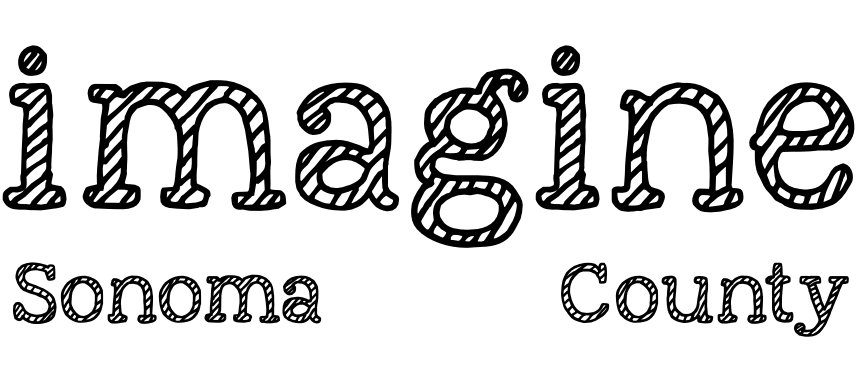


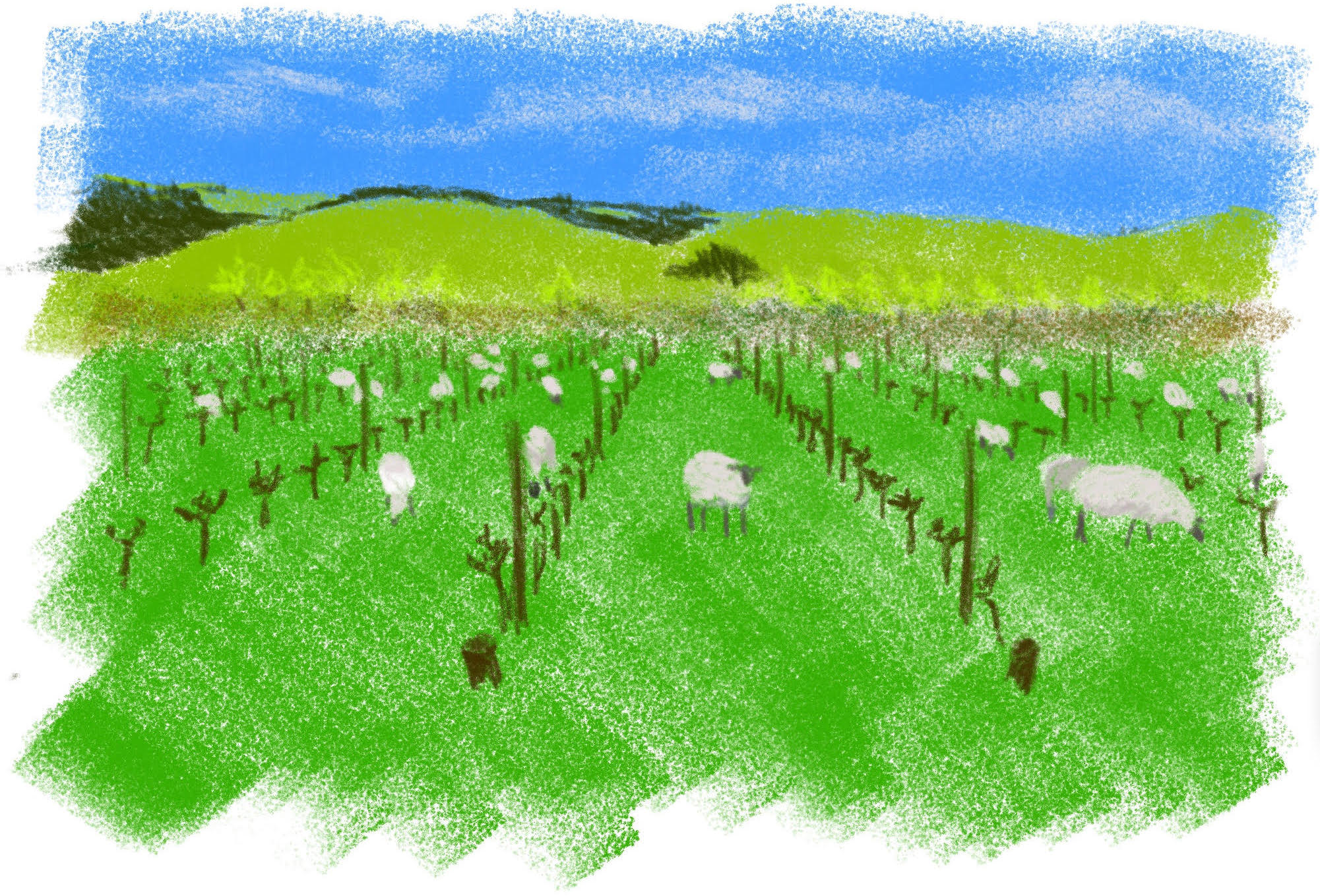
 DISCUSS
DISCUSS
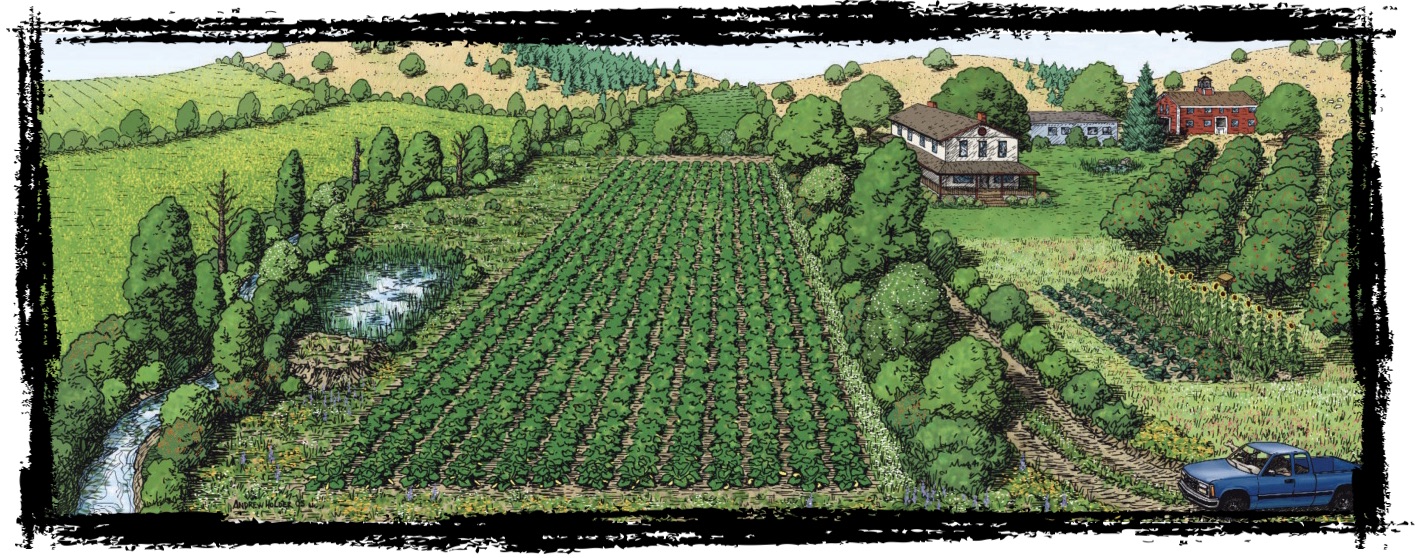

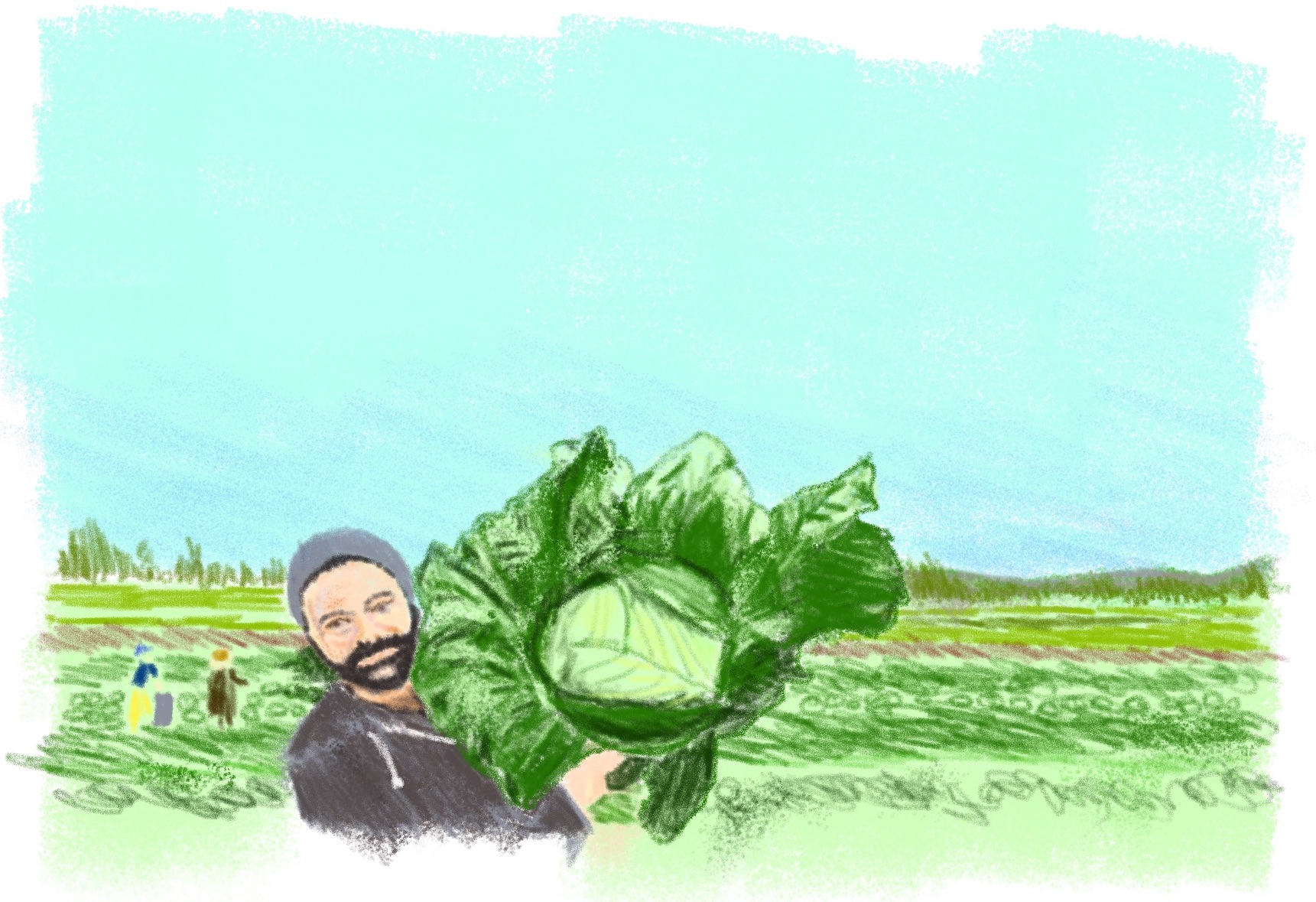



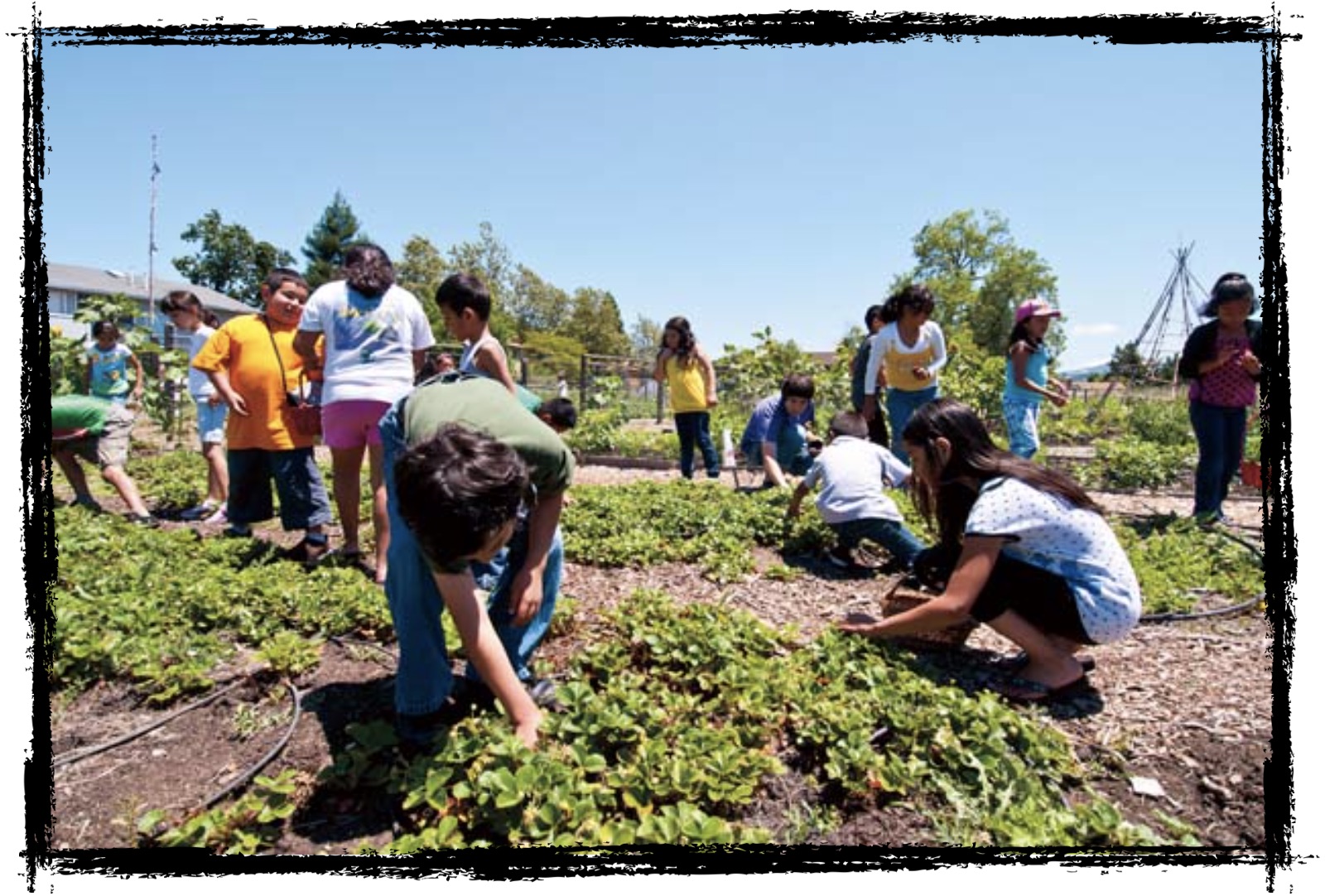

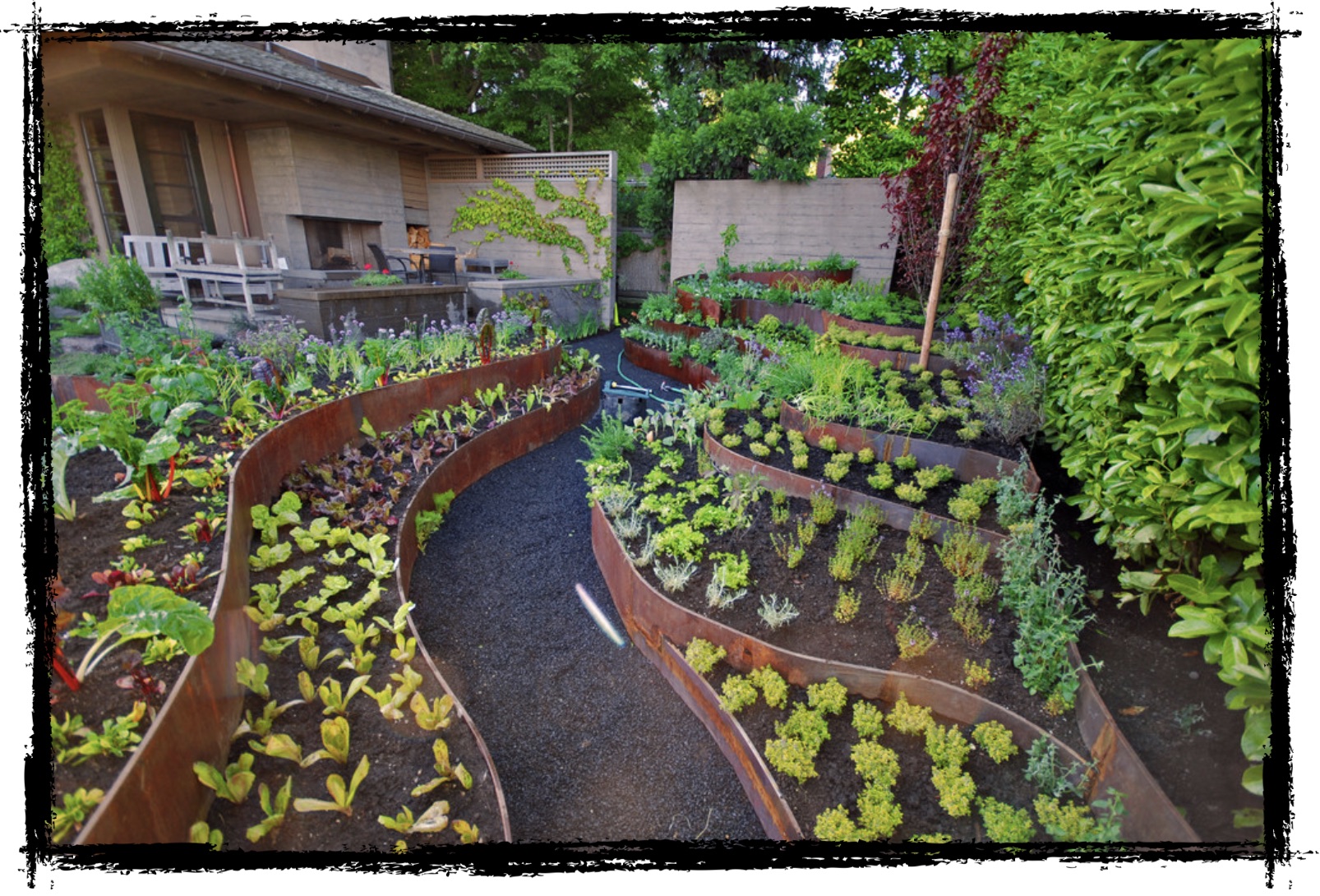

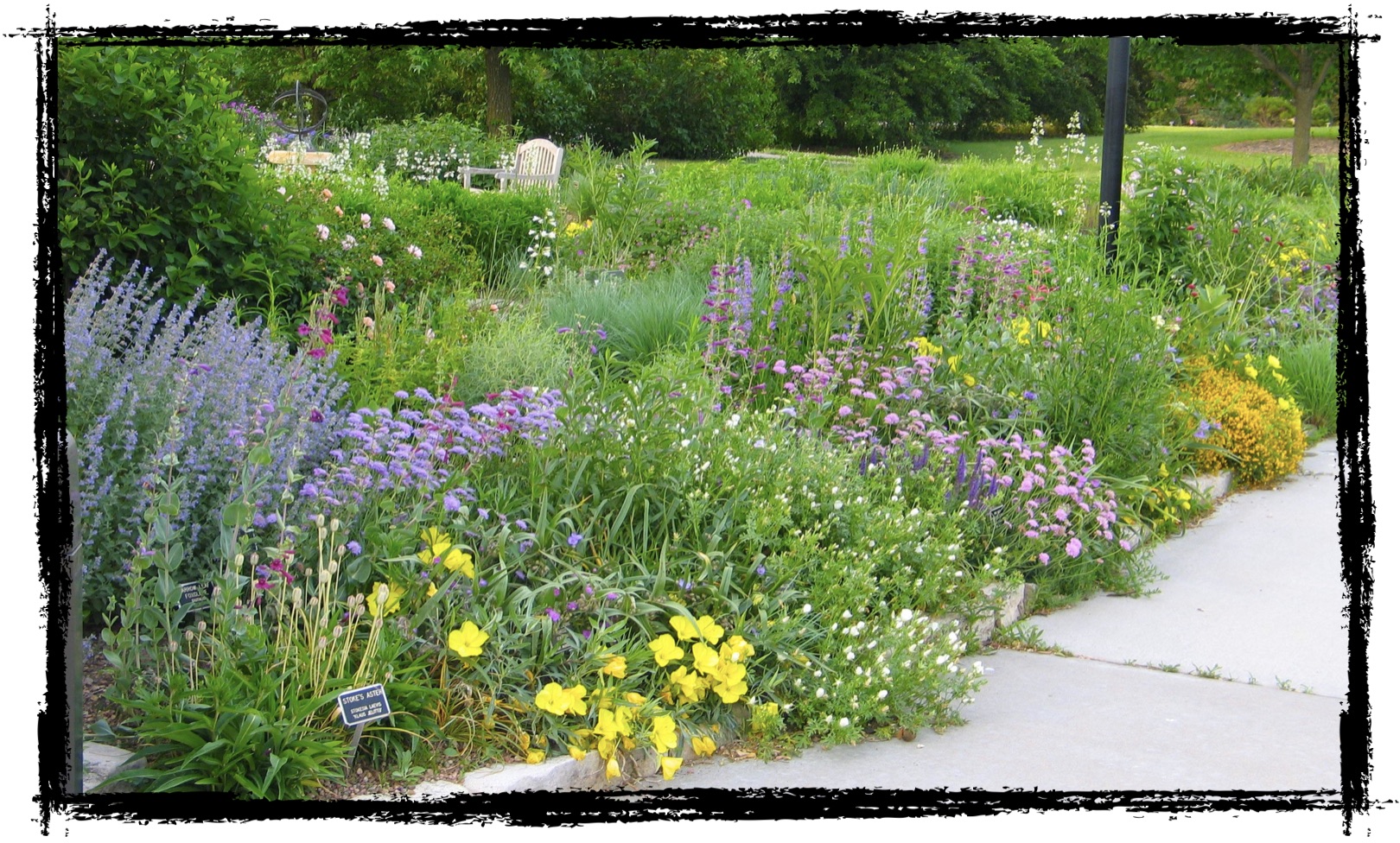

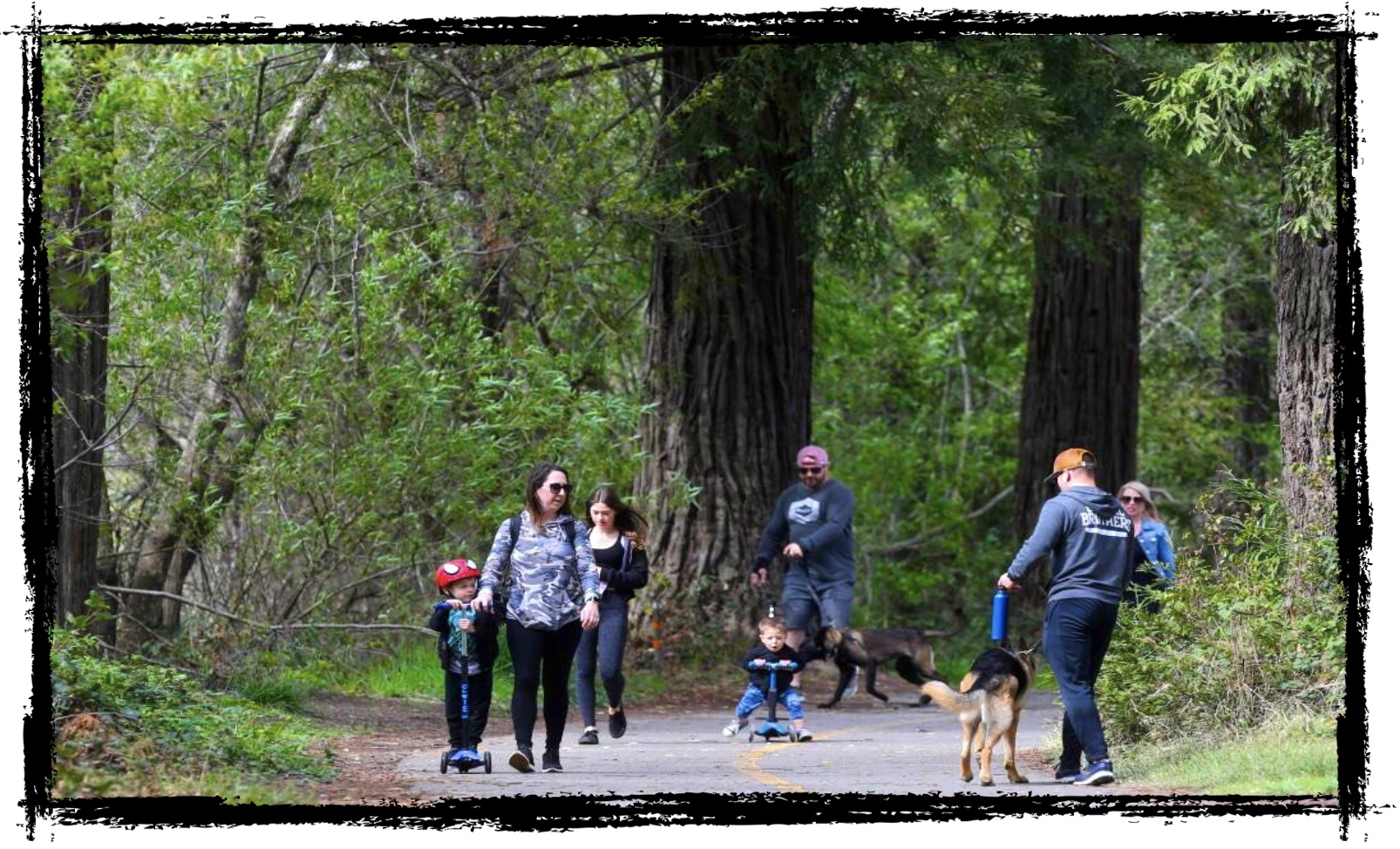

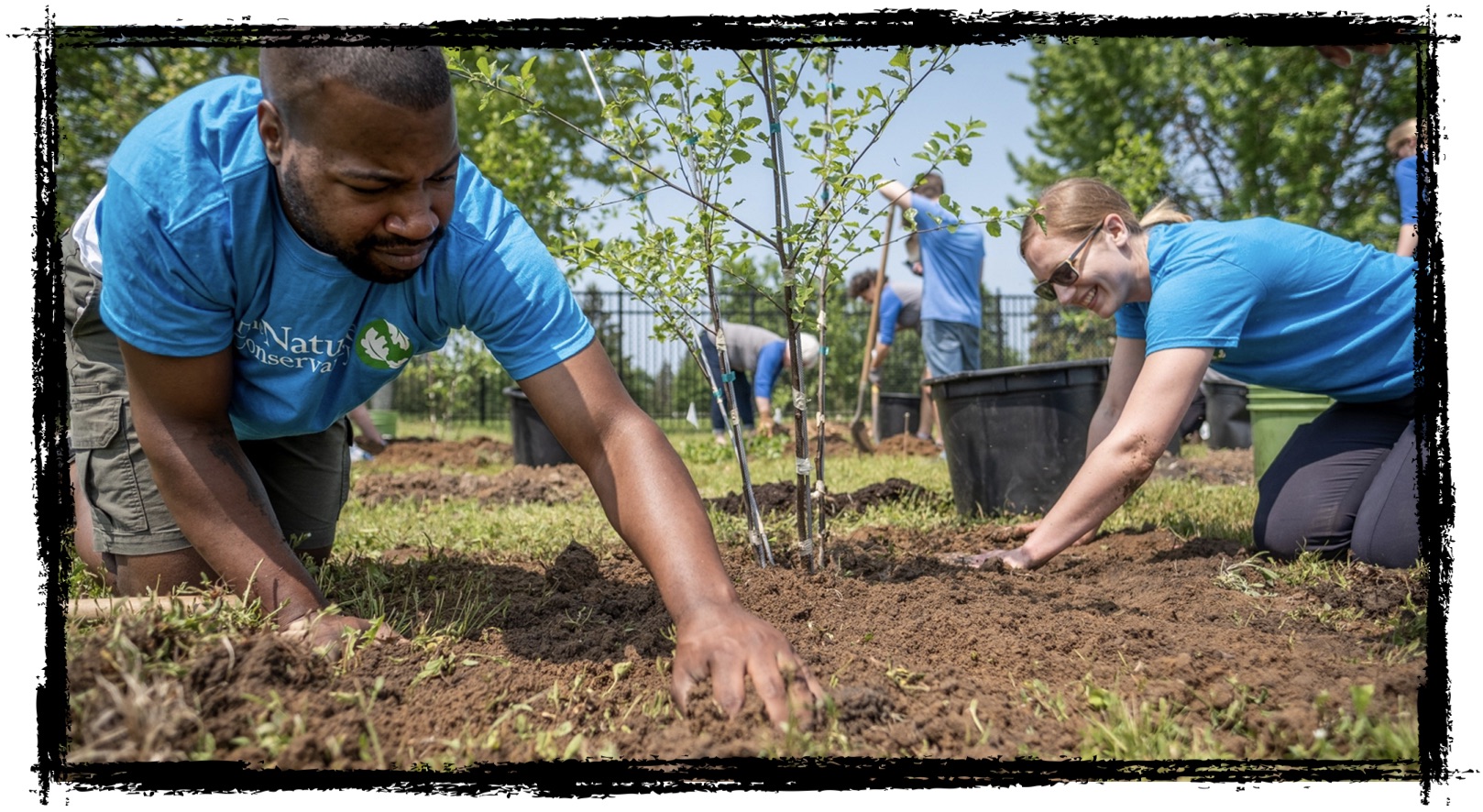

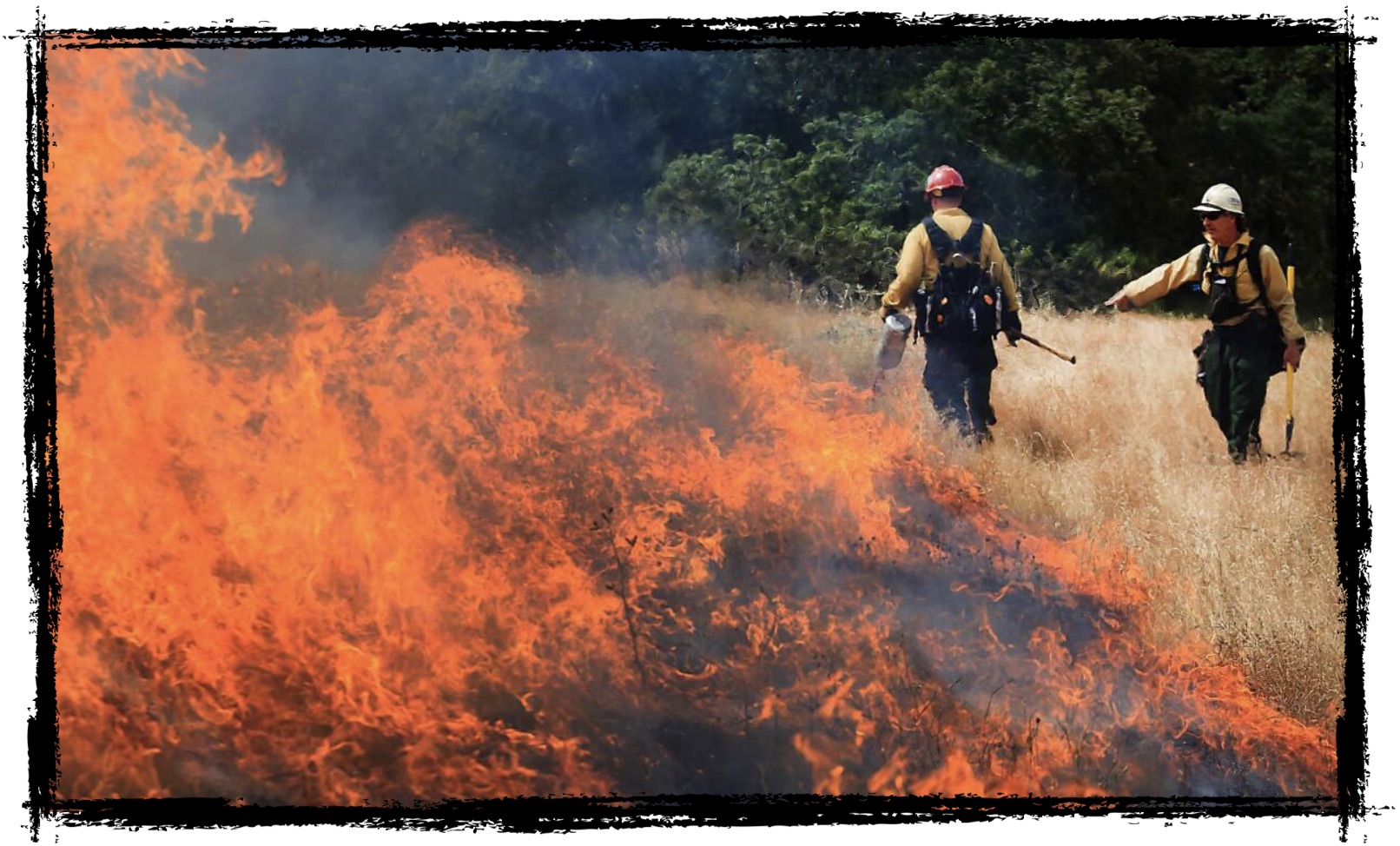

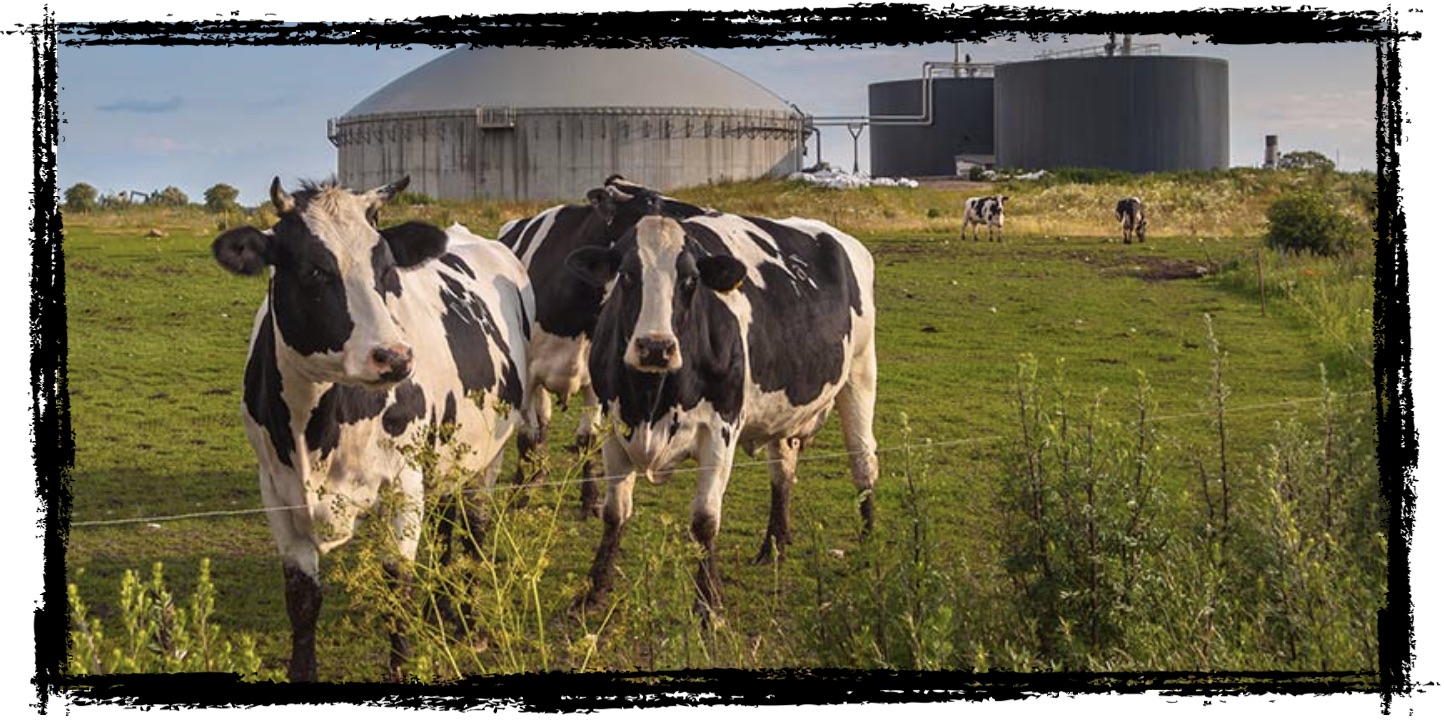

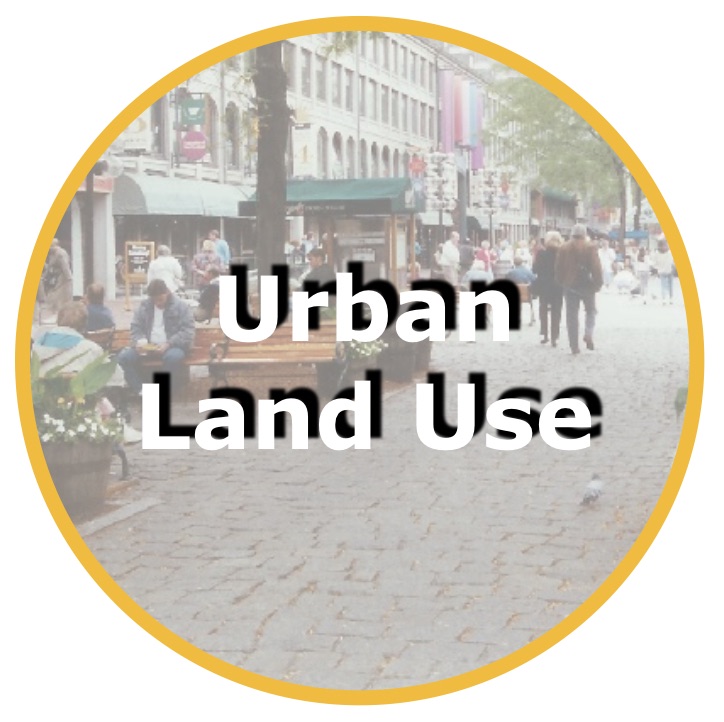
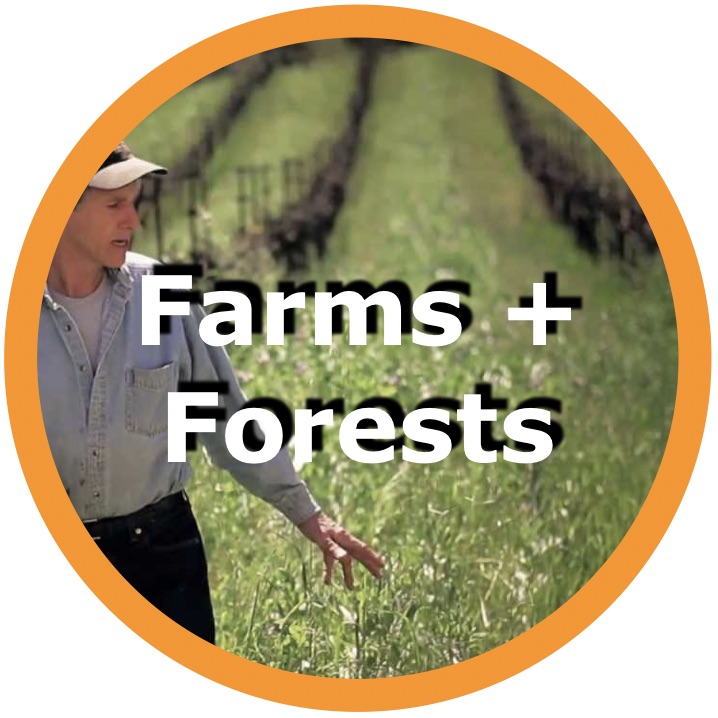
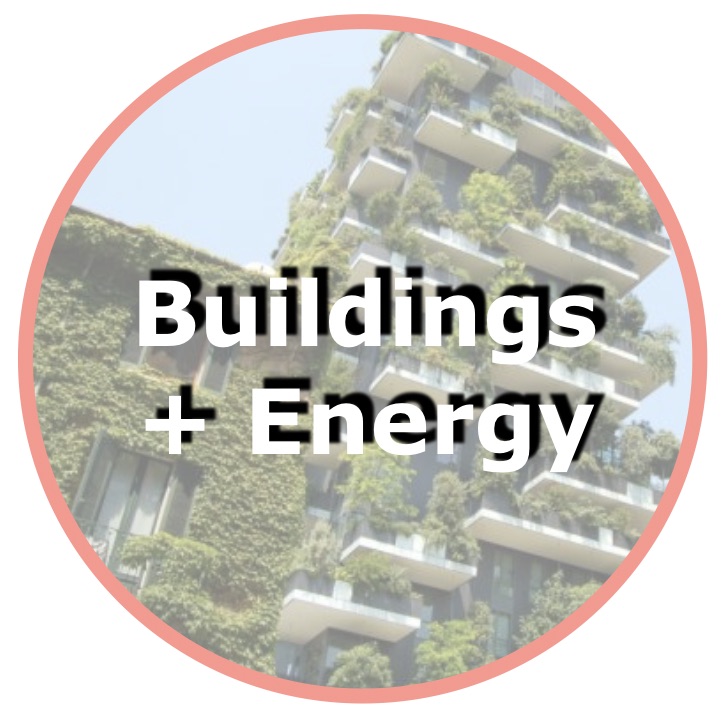
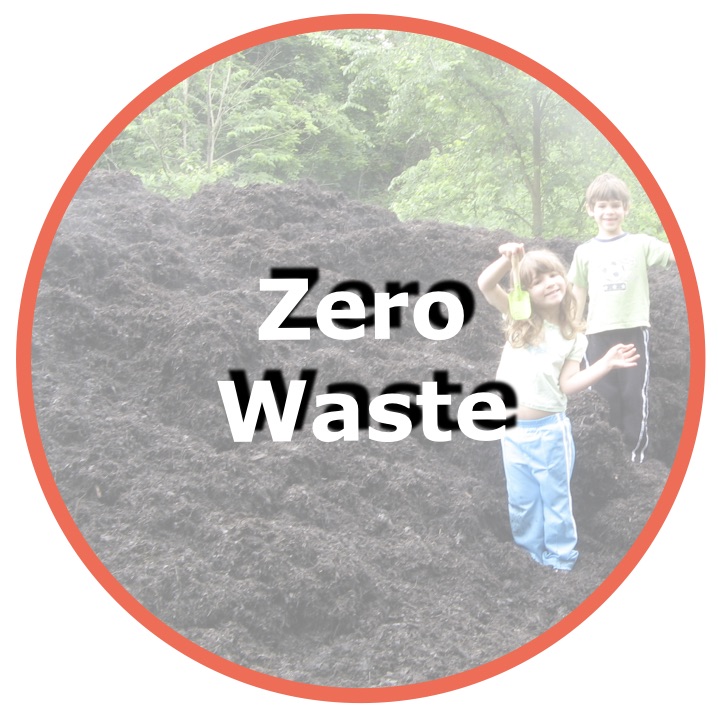
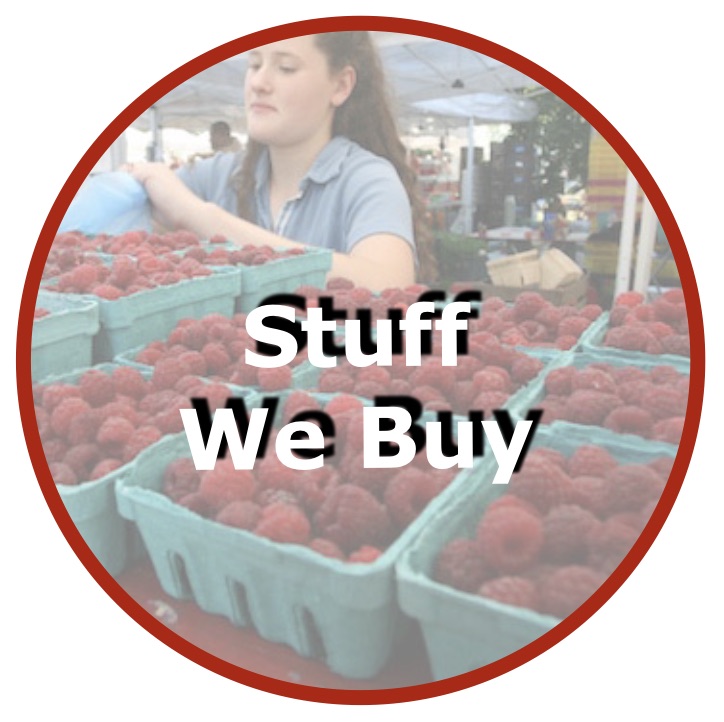
Comments (2)
Water is going to be one of Sonoma County's biggest challenges. Water for homes, farms, fire fighting, etc. Without thinking seriously about water we can have all the lovely trees and farms and homes we want and still run completely dry. We need to manage our farms, our home, our wetlands, our street trees, our wetlands, etc. with water conservation and groundwater recharge in mind. No water, no life.
Agriculture and Forests for People, Managed by the People, within their local communities. A permaculture guided green infrastructure development plan in each community based on numbers of residence that requires so much edible food + natural forest per residence and designates local land for these vegetation holding areas to reduce urban sprawl and produce food and carbon for people and the earth in each community. This is different from parks, which we need for recreation, because it's permaculture balanced food and forests, and not corporate or private farming alone, as we now have. This leaves business farming to far outside of residential communities while allowing for local organic agriculture and nature within them. It is community managed human centric food and eco-forest development for all. It allows for several neighborhoods to have both natural food and forest production close by per capita.